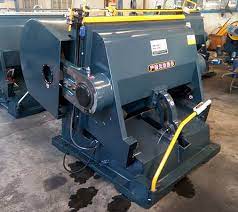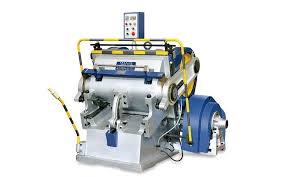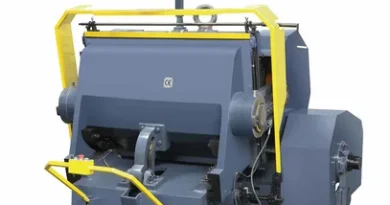Die-Cutting: Streamlining Precision in Manufacturing
Die-cutting technology stands as a cornerstone in the manufacturing world, known for its precision and efficiency. This method, critical for industries like packaging, automotive, and electronics, utilizes specialized dies to cut materials into intricate shapes and designs.
The Evolution of Die-Cutting
Originally developed for cutting leather, die-cutting has evolved to accommodate a diverse array of materials, including paper, plastic, metal, and fabric. This adaptation has been driven by the demand for precision in mass production, leading to the creation of automated die-cutting machines equipped with digital controls.
Key Benefits of Die-Cutting
Die-cutting machines offer several advantages in manufacturing:
- Precision and Consistency: They ensure that each piece is cut exactly to specifications, crucial for the assembly of complex products.
- Efficiency: Automated machines speed up production, enabling rapid turnaround times.
- Material Savings: By optimizing material usage and reducing waste, die-cutting is both cost-effective and environmentally friendly.
Future Directions
The future of die-cutting promises further automation and the exploration of new materials. Innovations like laser die-cutting and the integration of artificial intelligence (AI) are set to enhance the precision and versatility of these machines even more.
Conclusion
Die-cutting technology revolutionizes manufacturing processes by providing unmatched precision, efficiency, and material optimization. As it continues to evolve, die-cutting remains essential for industries requiring detailed and accurate cutting work, ensuring it remains a key player in manufacturing innovation.



